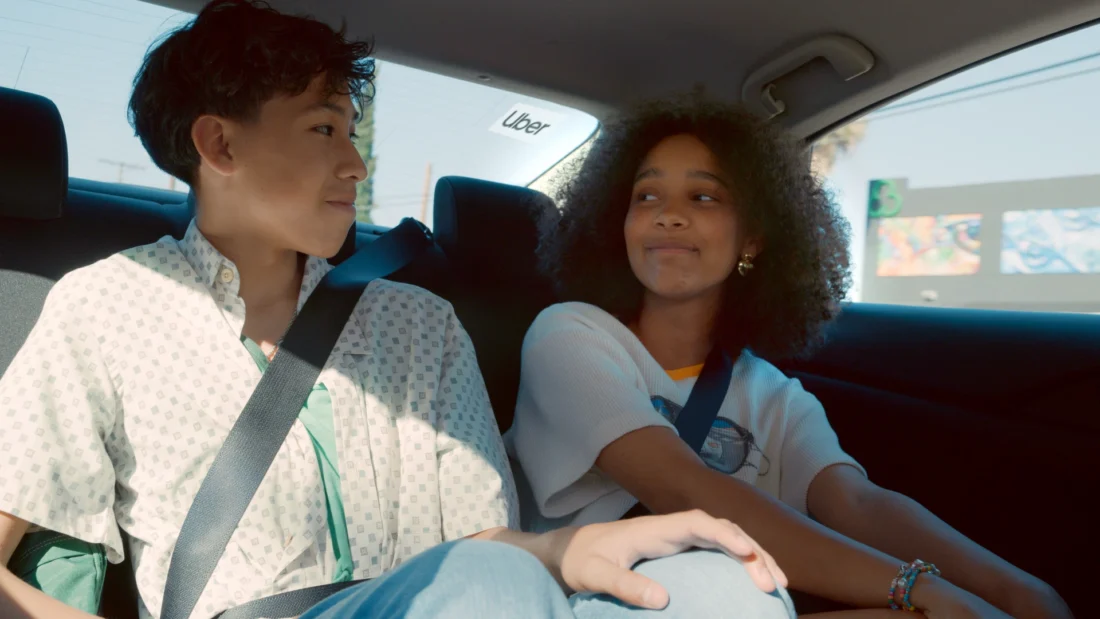Rideshare apps like Uber and Lyft have transformed the way families get around, offering convenience for busy parents and teens alike. But as these services become more common, so do concerns about safety, especially when it comes to minors riding alone. While rideshares can be a practical solution, parents in San Jose, California need to be aware of the risks, legal considerations, and best practices to ensure their child’s safety.

Here is a quick guide on keeping your kids protected as they use these services.
Understanding Age Restrictions: The Fine Print Matters
Before handing your teen the keys to rideshare apps, take a moment to review the policies. For example, apps like Uber and Lyft both require riders to be at least 18 years old to have their own accounts, meaning minors technically aren’t permitted to ride unsupervised.
Of course, many parents still allow their teens to use these services, either by booking rides for them or overseeing their accounts. The question isn’t just about rules, though, it’s about readiness.
Is your child responsible enough to handle a ride alone? Do they know what to do if something feels off? If you’re unsure, consider alternatives like carpools or school transportation until they’re more prepared.
Safety Features Every Parent Should Enable
Rideshare companies have introduced tools designed to protect passengers, and parents should take full advantage of them:
- Share Trip Status: Lets you track your child’s ride in real time, peace of mind at every turn.
- Emergency Assistance Button: A quick way for your child to reach 911 and share their location if needed.
- PIN Verification: Ensures they only enter the correct car by requiring a unique code.
- Trusted Contacts: Automatically notifies selected family members when a ride starts or ends.
Walk through these features with your child before their first solo ride. A quick tutorial today could prevent problems tomorrow.
What to Do If Something Goes Wrong
Even with the best precautions, things can still go sideways. It’s something no parent wants to think about, but being prepared can make all the difference. Make sure your child knows to call 911 first if they ever feel unsafe or are in immediate danger. Their safety is the top priority.
They should also know how to use the in-app emergency button, which alerts local authorities and shares their live location. Encourage them to report any incident through the app right away, and to call or text you no matter how small the issue may seem.
Sometimes, it’s those small feelings that signal something isn’t right. Also, remind them to note things like the driver’s name, license plate, pick-up and drop-off times, and where they were, details that could be crucial if a situation needs to be investigated.
If something serious does happen, knowing your rights as a parent is essential. Rideshare apps like Uber and Lyft technically don’t allow minors to ride alone, which can complicate things if your child was involved in a troubling or unsafe situation. Start by reviewing the platform’s Terms of Service to understand liability limits and user protections. Always report the incident to the company’s safety team as soon as possible.
And if you’re located in California, especially in areas like the Bay Area where rideshare use is common, consulting with an Uber accident attorney in San Jose can be a smart step. A local legal expert can help you navigate California’s unique rideshare laws, understand your insurance options, and determine whether further legal action is needed. You don’t have to go through it alone, getting the right support shows your child that their safety is non-negotiable.
Teaching Your Child Rideshare Etiquette
Technology helps, but confidence and awareness are just as important. Have an open conversation with your child about:
- Double-checking the driver’s name, car model, and license plate before getting in.
- Sitting in the back seat, for personal space and an easy exit if necessary.
- Keeping personal details private, no need to share their school, address, or plans.
- Trusting their instincts, if something feels wrong, they should call you or leave the situation safely.
Teaching these rideshare safety tips builds independence and helps your child navigate real-world scenarios with caution and clarity.
Creating a Family Rideshare Plan
Consistency is key to safety. Establish clear guidelines, such as:
- Requiring permission before your teen books a ride.
- Setting spending limits to prevent unauthorized trips.
- Choosing safe pickup or drop-off spots, well-lit, public areas only.
- Using family profiles, where available, to monitor rides easily.
Check in regularly to discuss their experiences and adjust rules as needed.
Wrapping up
Rideshare apps offer convenience, but they also require vigilance, especially when it comes to kids. Through understanding policies, using safety tools, and having honest conversations with your child, you can help minimize risks while allowing them some independence. No system is foolproof, but being informed and proactive gives both you and your teen greater confidence in navigating rideshare services safely. With the right precautions, you can strike a balance between convenience and peace of mind.


